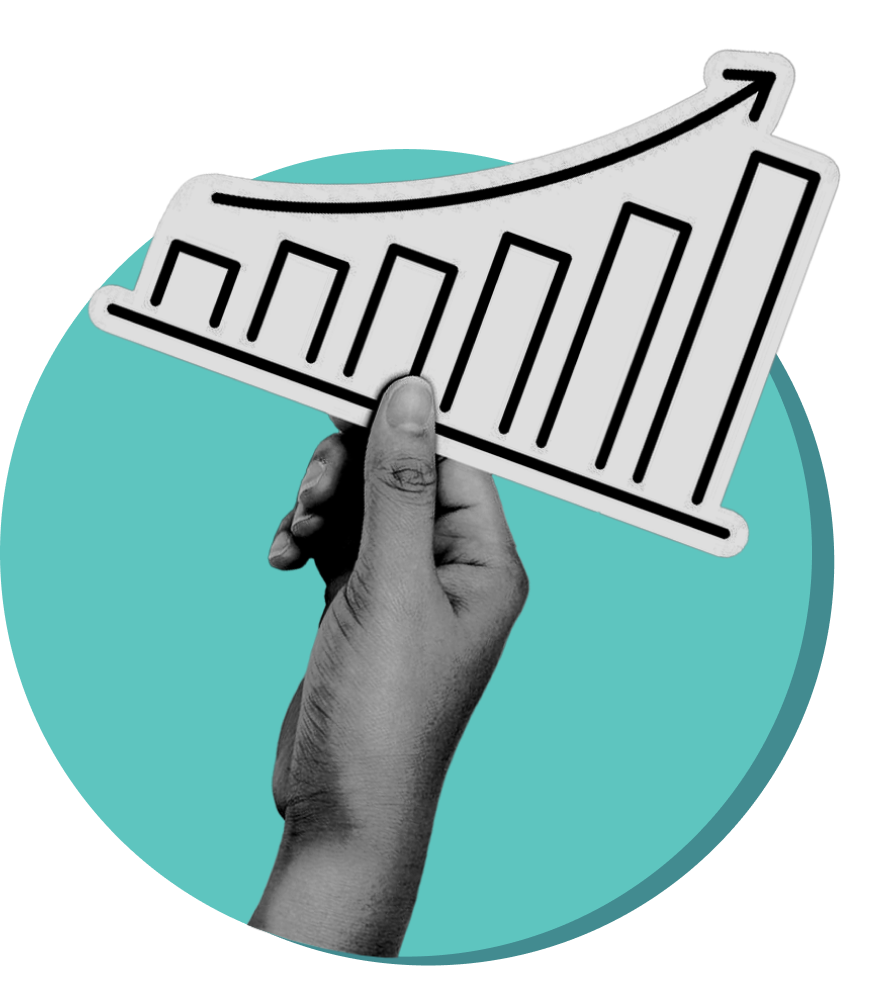
Welcome to www.leuluandco.com! Our website is using Cookies.
To enhance your experience, we use cookies. By clicking ‘Continue,’ you consent to the use of all cookies. To learn more about how we handle your data, please review our Privacy Policy.

(Or: Why Waiting for the Solicitation Is Rookie Mistake #1)
Let’s rip the Band-Aid off: if your first sight of (some!) government opportunities are when the final solicitations hits SAM.gov, your chances of winning are about as good as getting a coffee at Starbucks without someone spelling your name wrong.
In GovCon, the game is won before the game officially starts. The proposal you submit is just the last step in a long, behind-the-scenes campaign where you’ve been gathering intel, making friends, scoping out the competition, and subtly positioning yourself as the “obvious choice” long before ink hits paper.
The government doesn’t wake up one day and think, “We should buy this widget!” Opportunities are planned months (often years) in advance. Agencies have budgets, strategic goals, and incumbents already in place. Your job is to get in early enough to matter.
If your “capture plan” consists of hitting refresh on SAM.gov until you see something shiny… stop. That’s not capture, that’s wishful thinking.
Here’s where to actually look:
Pro tip: The winners in this game aren’t surprised by solicitations—they’ve been tracking them 12–24 months before release.
Now that you’ve spotted an opportunity in the wild, your next move is getting in the room with the right people—without crossing the fine line into procurement rule violations.
How to do it right:
Don’t:
Want to know the difference between the winner and the also-ran? The winner knows everything.
You want intel on:
This isn’t just trivia—it’s ammunition for shaping your proposal and avoiding wasted bids.
There’s almost always an incumbent contractor. The government loves low-risk choices, so if you want to beat them, you need to know where they’re vulnerable.
Ask yourself:
Pro tip: If you can’t name at least two weaknesses of the incumbent, you might be at a disadvantage to bid if they’re well-seated.
If your company can’t meet every requirement on its own, find teaming partners early. That means before the draft RFP drops—not during a caffeine-fueled panic the week before proposals are due.
Look for partners who:
Get the NDAs and teaming agreements drafted early so you’re not losing time on paperwork when the clock starts ticking.
Yes, you can influence the RFP—legally. The government actually wants industry feedback during the planning phase.
Ways to do it:
If you play this right, the final solicitation will lean toward the type of solution you’re already built to deliver.
When the RFP drops, you should already have:
That way, instead of starting from scratch, you’re just tailoring and polishing.
Proposal writing isn’t about “starting” when the RFP hits—it’s about finishing. The real win happens in capture: those months of relationship-building, intel gathering, team forming, and shaping the opportunity so that when the RFP comes out, you’re not just ready—you’re the obvious choice.
If you skip the pre-solicitation work, you’re not bidding—you’re gambling. And in GovCon, the house usually wins.

Get a Free Consultation to Discuss Your Project Goals Today!
To enhance your experience, we use cookies. By clicking ‘Continue,’ you consent to the use of all cookies. To learn more about how we handle your data, please review our Privacy Policy.



